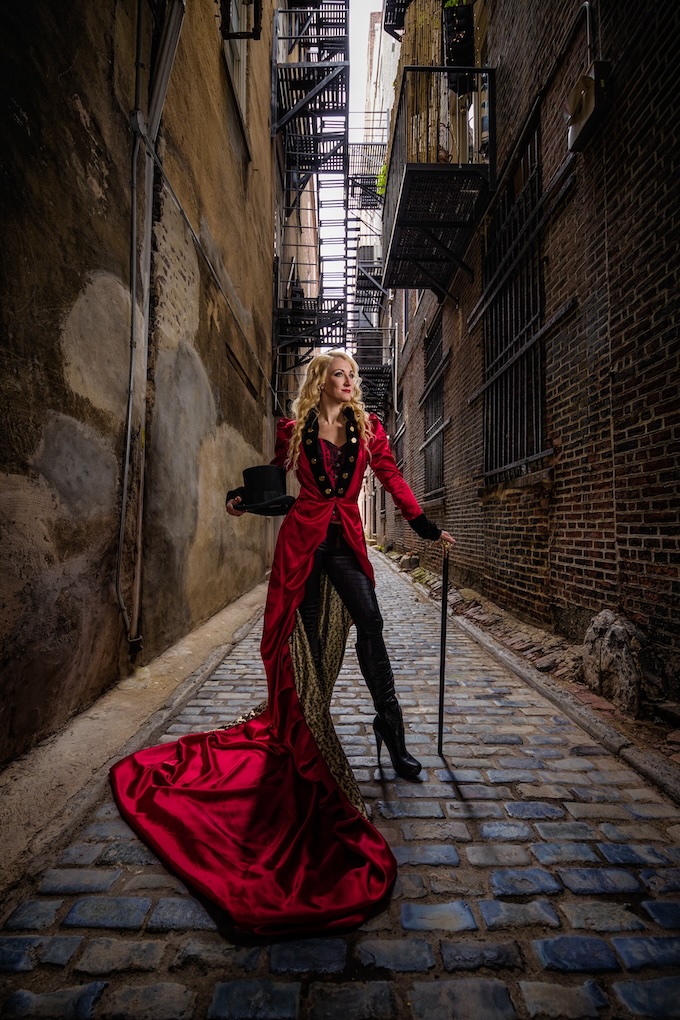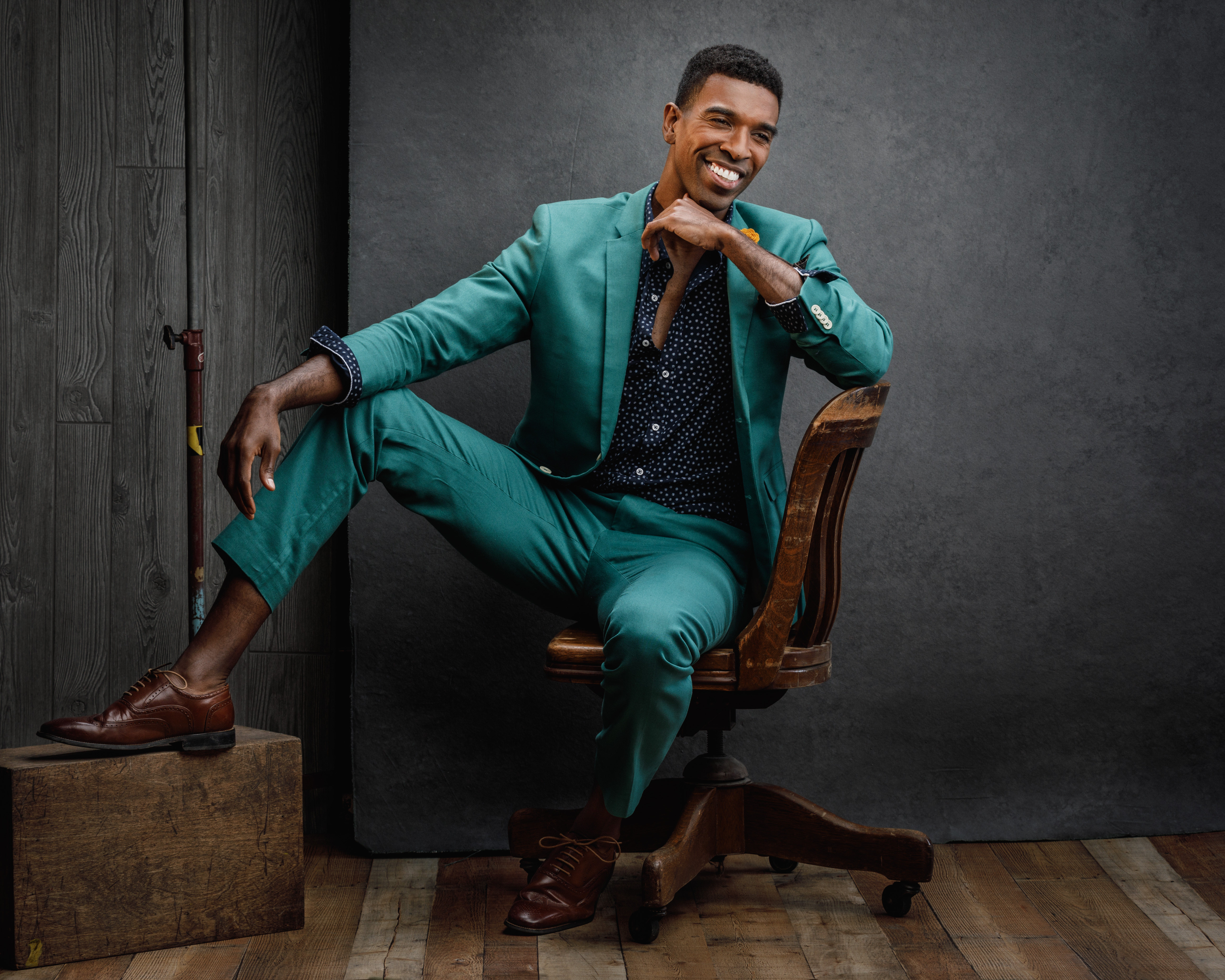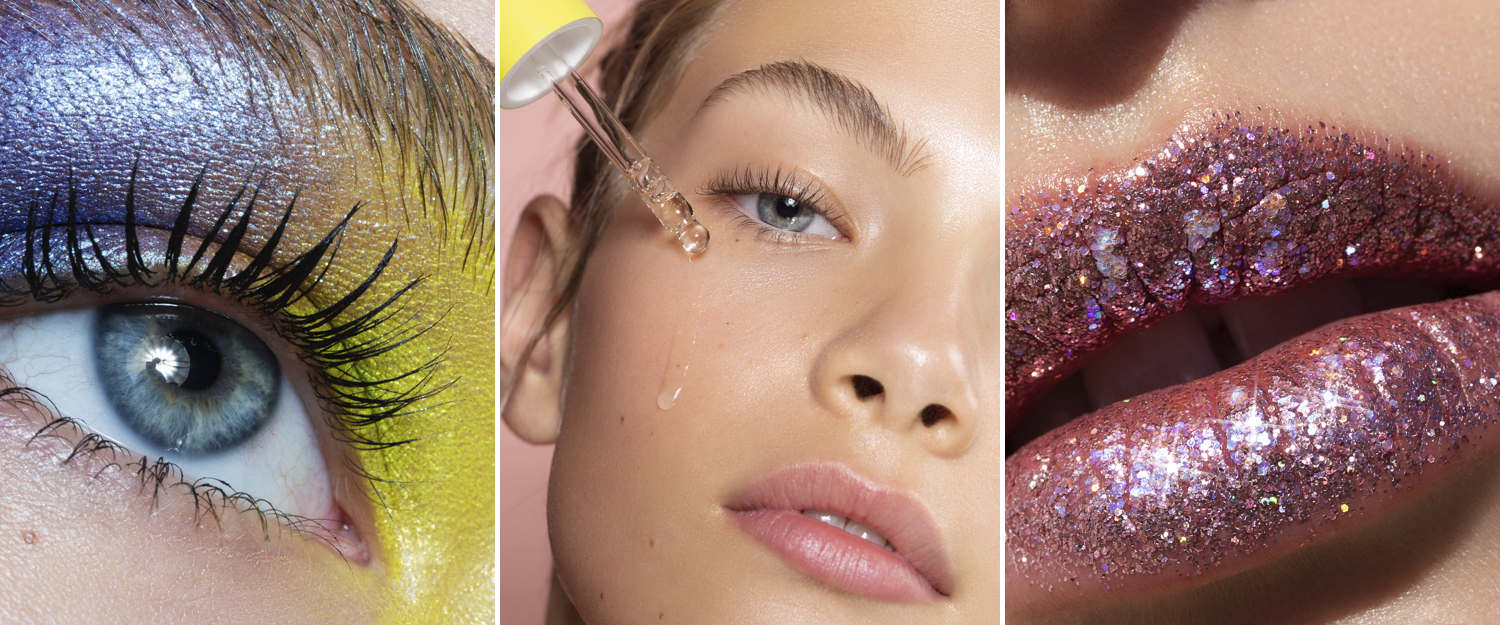Perfect Chaos
March 11, 2013
Picture this: 20 or so members of a bridal party are standing in front of a restaurant in a hip area of downtown Cleveland. The bride and groom are restaurateurs—the owners of five Buffalo Wild Wings establishments in Arizona—and to call them and their party “wild” would be an understatement. Groomsmen are riding bicycles down the road, bridesmaids are snapping pictures of the setup and uploading them to Facebook, the ring bearer and flower girl are running in circles, and the rest of the bridal party—in-laws and all—are talking and laughing.
None of this fazes Marc Anthony, the man behind the camera, or Tony Ryan, the man trying to corral the group. The two comprise Marc Anthony Photography, and this scene is exactly what they want.
Wedding photography is a crowded industry. New businesses pop up like summer flowers and disappear just as quickly. To last, not only do you have to be good, you also have to be unique. Anthony (the photographer) and Ryan (the art director) recognized this from the start and, when they decided to team up, they went after a market and style they knew would set them apart: high-end, fine art.
Ryan and Anthony have been working together for about ten years, and though they have been successful during that time, it was a chance client who sparked them to create the product that has set them apart—the “bridal party tableau.”
As Anthony tells it, in 2011, he and Ryan sat down with a bride who had an obsession with fashion magazines, and was the sort of person who had already storyboarded her entire wedding. She came to them after hearing good things about the pair, and explained her vision of a wedding inspired by classic American cinema, Marilyn Monroe and a 1950s esthetic.
To illustrate the Hollywood idea, she brought along the latest issue of Vanity Fair—on the cover was a classic Annie Leibovitz shot of eight of so celebrities positioned around a Hollywood set. She told them, “This is what I want for the group shot of the bridal party.”
Anthony and Ryan booked the couple immediately. “We got exactly what they were going after,” says Ryan. Come wedding day, they had the shoot planned and ready to go, expanding a shot that Leibovitz generally does for 8 to 10 people, to a bridal party of 20. They took the group to the bar in the wedding venue, which would appropriately convey the classic setting the bride was going for. They handed out props such as sunglasses, cell phones and flasks, and posed each member so that he or she appeared natural and well-placed. As Ryan recalls, they were a boisterous group, one that was more interested in what was behind the bar than the photography going on in front of it. Ryan likened the experience to “herding cats.” However, amidst the constantly unraveling poses, the bridal party members’ personalities began to eke out—the class clown, the bossy one, the thinker—and Anthony began shooting.
The images from that wedding were some of the best they had ever done. When they showed the samples to potential clients, the response was huge.
“The response inspired us to keep doing [the tableaux],” says Ryan. “There’s only so much you can do with a bridal party in a contemporary style of photography…we wanted to do something different.”
Since that first Vanity Fair-style shoot, Anthony and Ryan have made the Bridal Party Tableau an integral part of their business. It has become one of their most-requested shots. They conceptualize new and fresh tableaux for every couple depending on their personality, background and interests. For example, they did a shot mimicking a scene from Reservoir Dogs for a groom who was a movie buff, and staged an ambling group shot in front of a Cleveland cafe for the rowdy restaurateur couple.
Regarding the chaotic restaurateur couple’s shoot: “Nothing was going the way we planned,” explains Ryan. Even so, according to Ryan, “We got great pictures out of it and that’s what really made us start to think…This is something that people really want and the more interesting we make it, the more interesting it will be.”
When Anthony and Ryan discuss creating their custom shot, a few questions come up. It’s difficult enough getting 10 or 20 bridal party members to line up boy/girl for a traditional group shot—how does one focus them enough to arrange a complex tableau? Also, given the time constraints provided for pre-ceremony wedding photography, how does one make time for an elaborate group shot?
While there are a number of answers to those questions, Anthony pinpoints one crucial one—client selection. Anthony and Ryan take on only about 20 weddings a year so that they can go after high-end clientele and build personal relationships with them. Most couples book a wedding nine months to a year in advance, explains Ryan, which gives plenty of time to get to know who you are shooting for. “The more you talk to them, the more comfortable they feel,” says Ryan. “Then they start telling you about things in their family. You get to know all these personalities [in the bridal party].”
Knowing whom you are shooting and having the support of the bride and groom goes a long way when attempting complex shots, and helps in effectively posing the group. For example, by delegating some responsibility to the bossy bridesmaid or the rambunctious best man, the photographer takes the most disruptive member of the party and turns that energy to his or her favor.
Another factor in composing the group shot is that Anthony and Ryan are not so concerned with producing a perfectly choreographed shot—that’s for the traditional lined-up group photo—and isn’t what they are after. They want some level of controlled chaos. “You roll with it,” says Anthony. “You don’t always have to be in complete control. If you start to do that, people will recognize that and be turned off.”
For that reason, Anthony and Ryan usually don’t give directions that are too explicit. While they will demonstrate poses and place bridal party members so that the photograph draws the right emphasis (i.e. on the bride and groom), Anthony and Ryan like to encourage the group to act like themselves. As Ryan explains, even when you do specifically pose people, “Everyone has their own personality so they gravitate towards whatever is most comfortable to them.”
For a recent bride who was marrying her hometown sweetheart, Anthony and Ryan took them to their hometown (now a mostly abandoned, though still beautiful steel and coal town) to shoot the group. For the photo of just the bride and her bridesmaids, Anthony took them to the side of a brilliant, red-walled building where the light was perfectly shaded because of an adjacent white concrete wall. The group was made up of childhood friends, known as fun, chatty girls and, to get that across, Anthony arranged them horizontally so that some were sitting on chairs, some were leaning against the wall and some were propped against tables, but all were interacting with each other. To ensure that the photo was flattering for the girls’ many body types, he used poses and tricks of the camera he learned while shooting dancers in a previous photographic career.
Before he knew it, they were laughing and joking around, and rather than try to stop the energy, Anthony encouraged it. The tableau was everything the bride was looking for—warm, funny and evocative of their personalities. To top it off, they were able to shoot it in a matter of minutes.
Which brings us to the final question: time. How do Anthony and Ryan work a complex shot into an already busy wedding timetable?
The answer is: creatively. Some clients, like the hometown bride, specifically work extra time into the schedule so that they can do the shot, while, for those who don’t, Anthony and Ryan get it done by being prepared and keeping it simple. They generally have the intended concept worked and ready to go before the wedding day so that they can run it by the bride and groom and get the okay. In addition, they tend to keep these types of shots outdoors and during the late afternoon (i.e. the Golden Hour) so that they know the light will be even, dramatic and require only a few adjustments such as reflectors or a fill-flash. And when it comes to the actual bridal party, a lot of it is convincing them that the photography shoot is fun.
“You are trying to make it seem like this is part of the fun,” says Anthony. “This isn’t the part where it’s just grueling and time-consuming and you want to get back and have fun. No…you just try to make it seem like this is part of the party.”
At the end of the night, when groomsmen and bridesmaids tell the photographers that they can’t wait to see the pictures and inquire about doing their own weddings, the duo knows they’ve done their job. “It makes a big impression,” says Anthony.
Harrison Jacobs, a recent graduate of Tufts University, is a Rangefinder contributor. Reach him on Twitter@harrisonxjacobs or learn more at www.harrisonjacobs.com.




